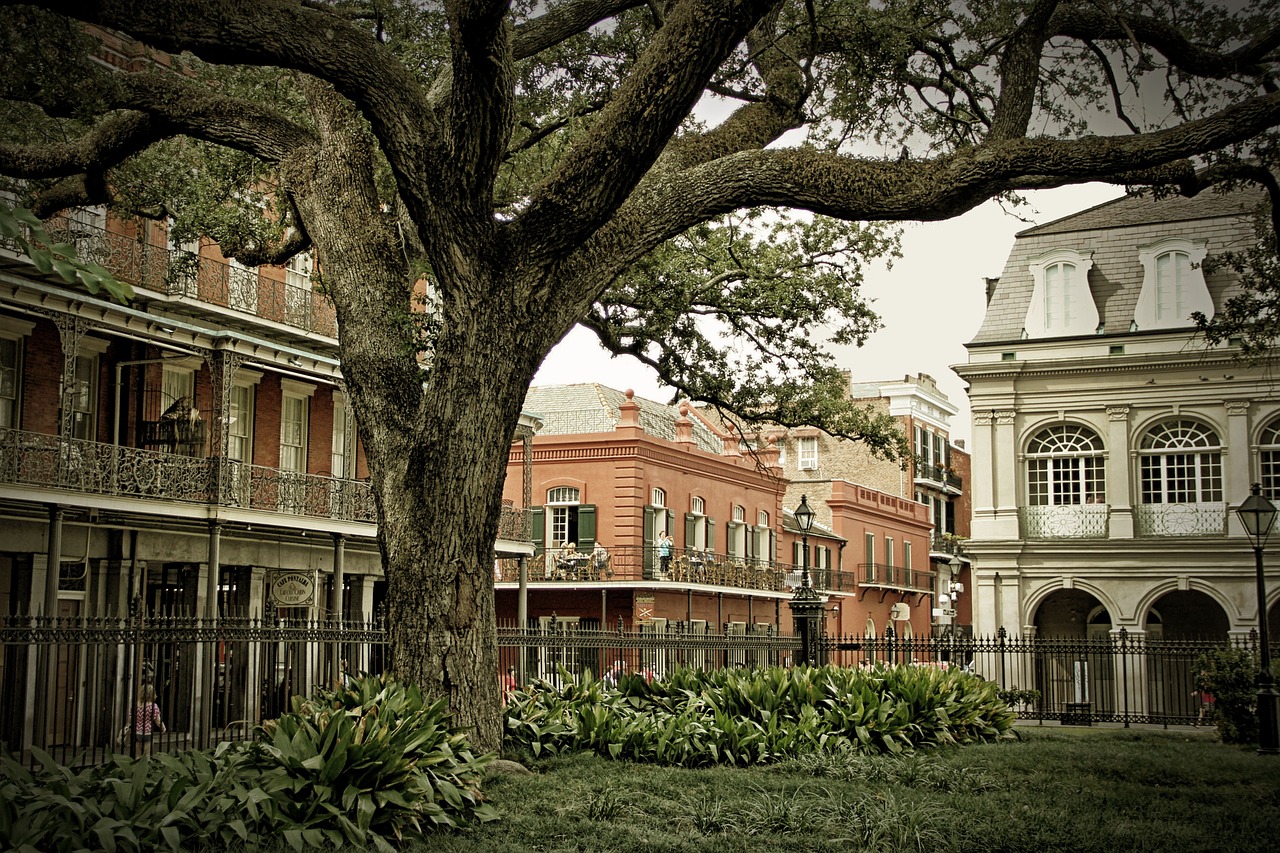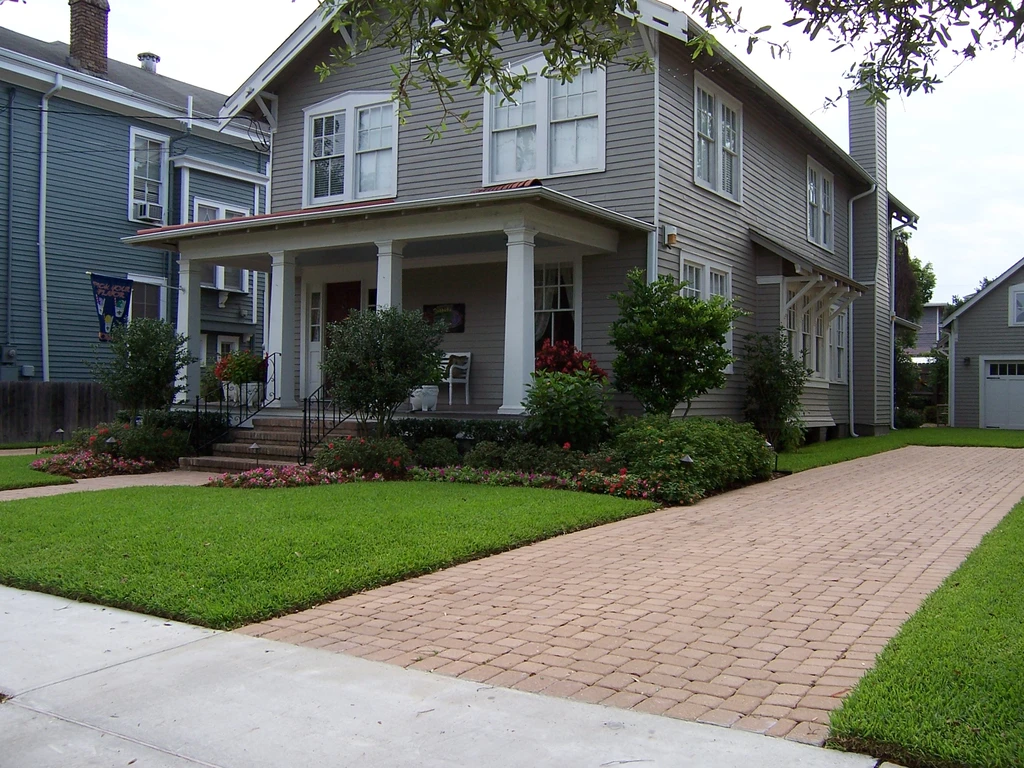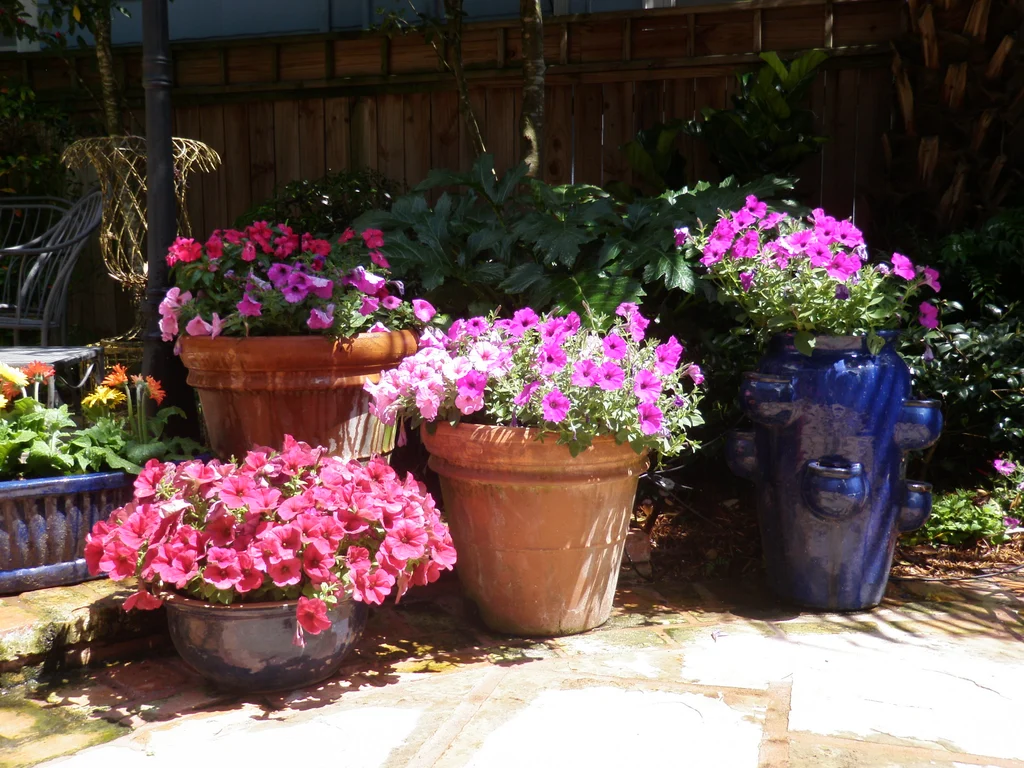
How to Choose the Right Plants for Your Landscape
A Beginner’s Guide
Guest article by By Teri Silver
Choosing the right plants for your New Orleans landscape is like painting a masterpiece — everything should fit together in perfect harmony. With so many trees, florals, groundcovers, shrubbery, and native ornamentals available, your NOLA property will show its true southern colors.
The benefits of landscaping and hardscaping a backyard include expanding the property’s living space, providing elements of privacy, improving soil drainage, and cutting down on lawn maintenance.
Check out this beginner’s guide to choosing the right plants for your landscape.
Understanding Yards and Waterways
In NOLA, water runoff in back, side, and front yards affects nearby streams and watersheds. Louisiana’s rivers, lakes, aquifers, and estuaries receive water runoff from nearby properties, roads, parking lots, and fields. Rainfall and excess water carry pollutants like pesticides, fertilizers, animal waste, petroleum products, and soil into these watersheds. Residential properties play their part in polluting Louisiana’s waters.
An Eye for Design and Decisions
With the goal of having a functional, environmentally sound, and attractive landscape, the plan begins with a pencil, paper, tape measure, and your own artistic vision. Measure each area, draw out a map, and find your inspiration. Inspiration comes in many ways, from gardening books, photographs, magazines, and the internet. Decide on your colors, style, and layout.

Does the site have adequate sunlight? Do you want more shade? Does the yard cry out for peach or southern magnolia trees? Whatever you decide, choose native trees, flowers, grasses, and ornamental plants that prevent erosion, create wildlife habitats, and reduce the need for water, chemical fertilizers and pesticides.
Site Study
Soils and habits vary in New Orleans, especially because only about 50 percent of the city is above sea level. Walk around your property to determine which areas are sunny, wet, damp, or dry. Test the soil for pH balance, pesticide, and nutrition needs. Add organic matter — peat moss, compost, minced leaves, grass clippings, etc. — to enrich the soil.
Native Plants
Native plants — those that are indigenous to the area — are the best choice for your New Orleans landscape. Native greenery draws birds, butterflies, bees, and other pollinators to the yard.
Native plants evolved in NOLA’s soils and climate, so they can handle our sometimes-crazy weather extremes, from heavy rainfall to hot temperatures. Natives fight against insects and disease, and they don’t need much fertilizer, watering, or insecticide.
Flowering Additions
 In addition to adding plants that repel insects, here are a few florals to consider for your NOLA yard.
In addition to adding plants that repel insects, here are a few florals to consider for your NOLA yard.
- Gulf Coast Penstemon (Penstemon tenuis) handles drought well. This native plant produces purple-pink blooms in the spring. Growing best in full to partial shade, penstemon attracts pollinating birds and bees.
- Louisiana Iris (Iris brevicaulis). Louisiana iris is the state’s official wildflower, and a popular choice for New Orleans gardens. In hot shades of pink, purple, and white, these irises grow in moist and wetter soils.
- Louisiana Phlox (Phlox divaricata). This striking native sprouts gentle bluish-lavender flowers in the spring. They do best in moist, well-drained soil.
- Louisiana Sage (Salvia coccinea) produces bright red blooms in spring and autumn. Hummingbirds and butterflies love them! Louisiana sage grows best in full sun and partial shade.
- Spider Lily (Hymenocallis littoralis). These plants have spider leg leaves and large white flowers that bloom in spring. Grow spider lilies in well-draining soil with full sun to partial shade.
Trees, Trees, Trees!
Consider these native landscaping trees for your New Orleans home landscape.
- Bald Cypress is Louisiana’s state tree. This deciduous conifer sports lime-green leaves in spring, turning to a deep rust color in the fall.
- Blue Beech is a small, slow growing ornamental tree.
- Eastern Red Cedar is a fruit-bearing evergreen that grows best in high pH soils.
- Hickory trees need full fun sunlight, are quite durable, and are tolerant of many soils. They bear large fruits that attract wildlife.
- Pecan trees have compound leaves and a thick trunk, although the limbs may fall during strong storms. The edible fruits are for people and wildlife.
- Oaks are popular natives that span wide canopies (but aren’t suitable for small yards).
- Southern Magnolia is a large evergreen with a spreading canopy, offering thick shade and beautiful flowers. Magnolia is the state flower of Louisiana.
Creating an outdoor oasis for your home landscape takes an eye for the big picture — a beautiful and productive use for the backyard. DIY is an option, but in the long run, hiring a professional exterior design team to get the perfect southern flavor for your NOLA home brings a more satisfying outcome.
Teri Silver is a journalist and outdoor enthusiast. She and her husband live on 5 acres with a vast lawn, three gardens, a farm, a pond, many trees, and a lot of yard work! The best parts of the year are summer and fall when home-grown veggies are on the dinner table.



0 comments